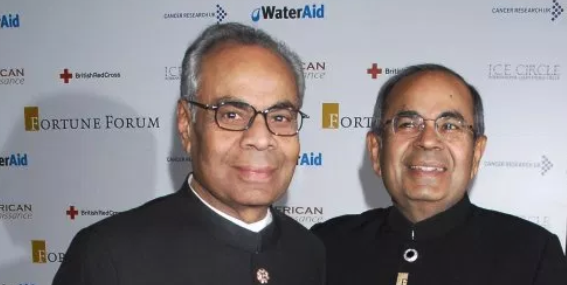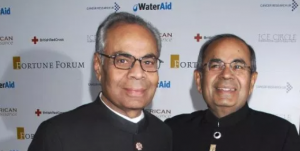
Feeling wealthy very much depending on relativity


 A new research by the Institute of Fiscal Studies, based on tax returns submitted between2000-01 and 2015-16, show that people on the highest incomes are increasingly clustered in just a handful of parliamentary constituencies in and around the capital.
A new research by the Institute of Fiscal Studies, based on tax returns submitted between2000-01 and 2015-16, show that people on the highest incomes are increasingly clustered in just a handful of parliamentary constituencies in and around the capital.
Half of the top 1 per cent of income taxpayers in the UK live in just 65 constituencies, compared with 78 at the turn of the century, according to the think-tank’s report.
London and the south-east accounted for only a quarter of the taxpayers, but three-fifths of the top 1 per cent.
Regional differences in living standards are less extreme as house prices are lower outside the south-east.
As a typical example, a man aged 45-54 in London would be in the top 1 per cent nationally with an income of £162, 000 a year, but would need to earn an additional £560, 000 to make the top 1 per cent for gender, age and region. People also might not realise how rich they were relative to average earnings as the sheer scale of the gap between the top 1 per cent and the top 0.1 per cent.
However, a median UK taxpayer earns around £22, 000 a year and someone earning just over £50, 000 a year would be in the top 10 per cent of tax payers but they need to earn more than three times that amount to be in the top 1 per cent and five times that amount to fall into the top half a per cent and 12 times as much at £548, 205 to be in the top 0.1 per cent of taxpayers.
The research does not include all sources of income, and since two-fifths of UK adults do not earn enough to pay tax, they cover only a subset of the working population. It is alarming how many of the very richest people in the country were benefiting from the big tax breaks the UK system offers business owners and only one in three received the biggest chunk of their income from partnership, self-employment or dividends. –which are taxed more lightly than salaries – compared with one in five of the workforce overall.
The research also showed a big gender imbalance, and stark contrasts between different age groups.
At national level, to be in the top 1 per cent of men requires an income of £200, 000 while to be among the top 1 per cent women requires an income of half that.
